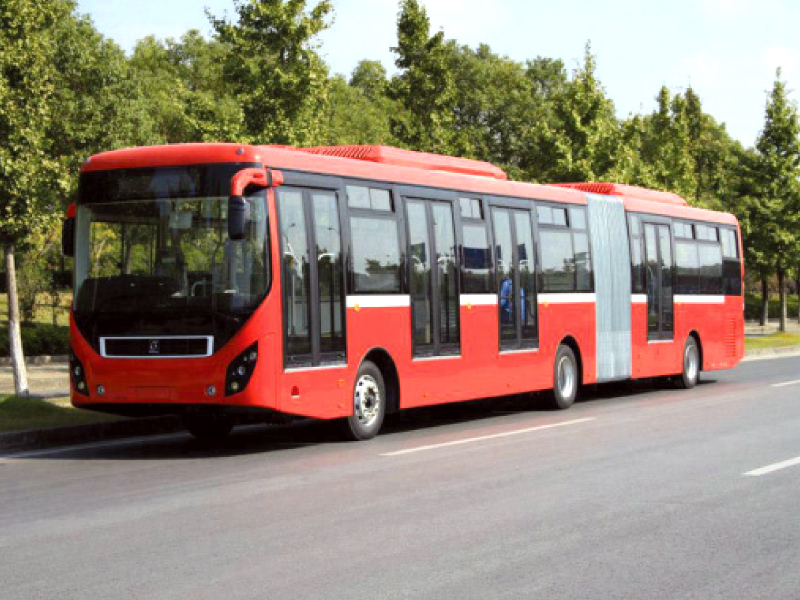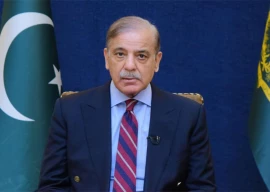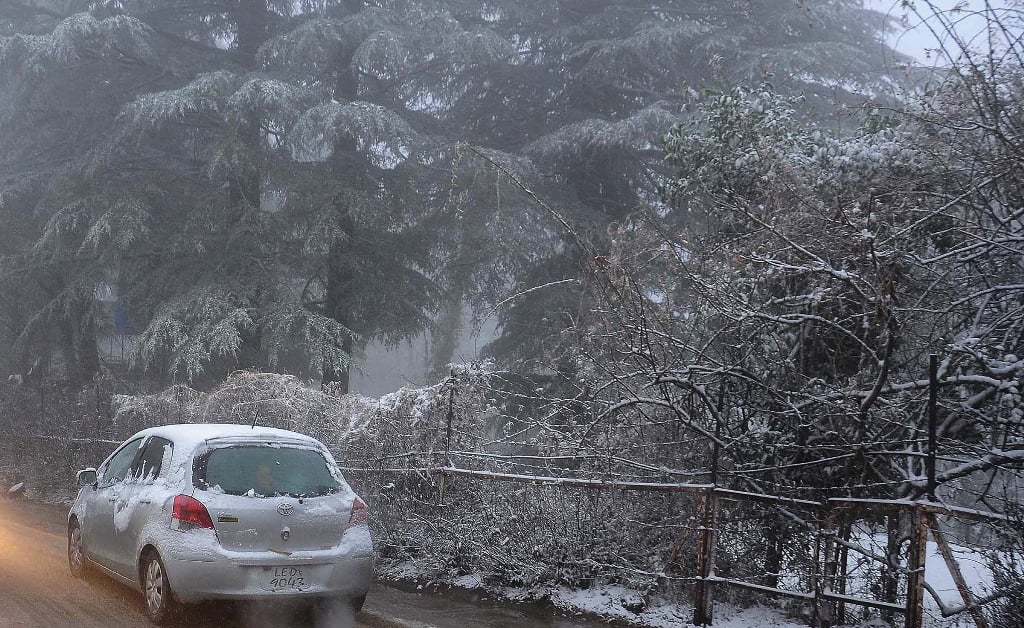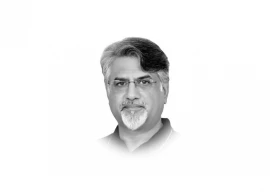
The metro bus service, then, offers some alternatives to countless who are restricted in employment and other opportunities by their lack of mobility. But the public transport crisis in Pakistan must be taken more seriously across the board and in more simpler ways, such as merely adding the number of buses on the streets. The Punjab government also needs to expand its focus from Lahore to other parts of Punjab, while other provincial governments, especially that of Sindh, needs to gear up and provide an efficient transport system to Karachi’s nearly 22 million residents. In fact, Karachi’s bus network has been on the decline, while population has only increased. There are roughly 9,527 operational minibuses in Karachi, as compared to the 22,313 it had in 2011.
In the past decade, the country’s urban centres have seen rapid investments in road and bridge construction. All this have been for those who can afford private motorised transport and even then, the traffic situation has not improved. Same is the case in Lahore. Despite huge investments, grave traffic problems remain. The Punjab government needs to introspect as to why they have so far failed in providing more efficient ways to address public transport and traffic problems and focus on lon1g-term solutions aimed at reducing gender and class discrimination in everyday public life.
Published in The Express Tribune, October 19th, 2016.
Like Opinion & Editorial on Facebook, follow @ETOpEd on Twitter to receive all updates on all our daily pieces.


1728555553-0/beyonce-(3)1728555553-0-165x106.webp)
















COMMENTS
Comments are moderated and generally will be posted if they are on-topic and not abusive.
For more information, please see our Comments FAQ